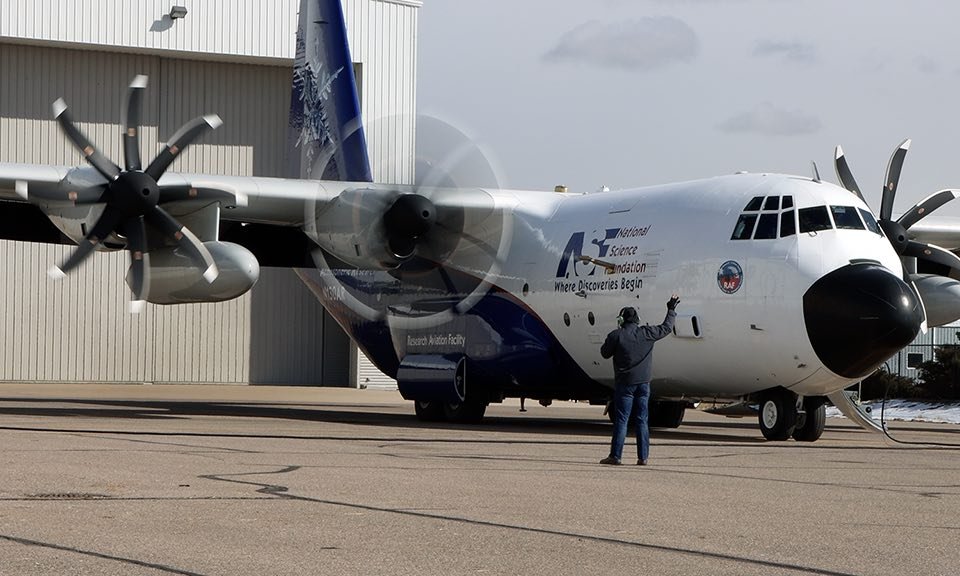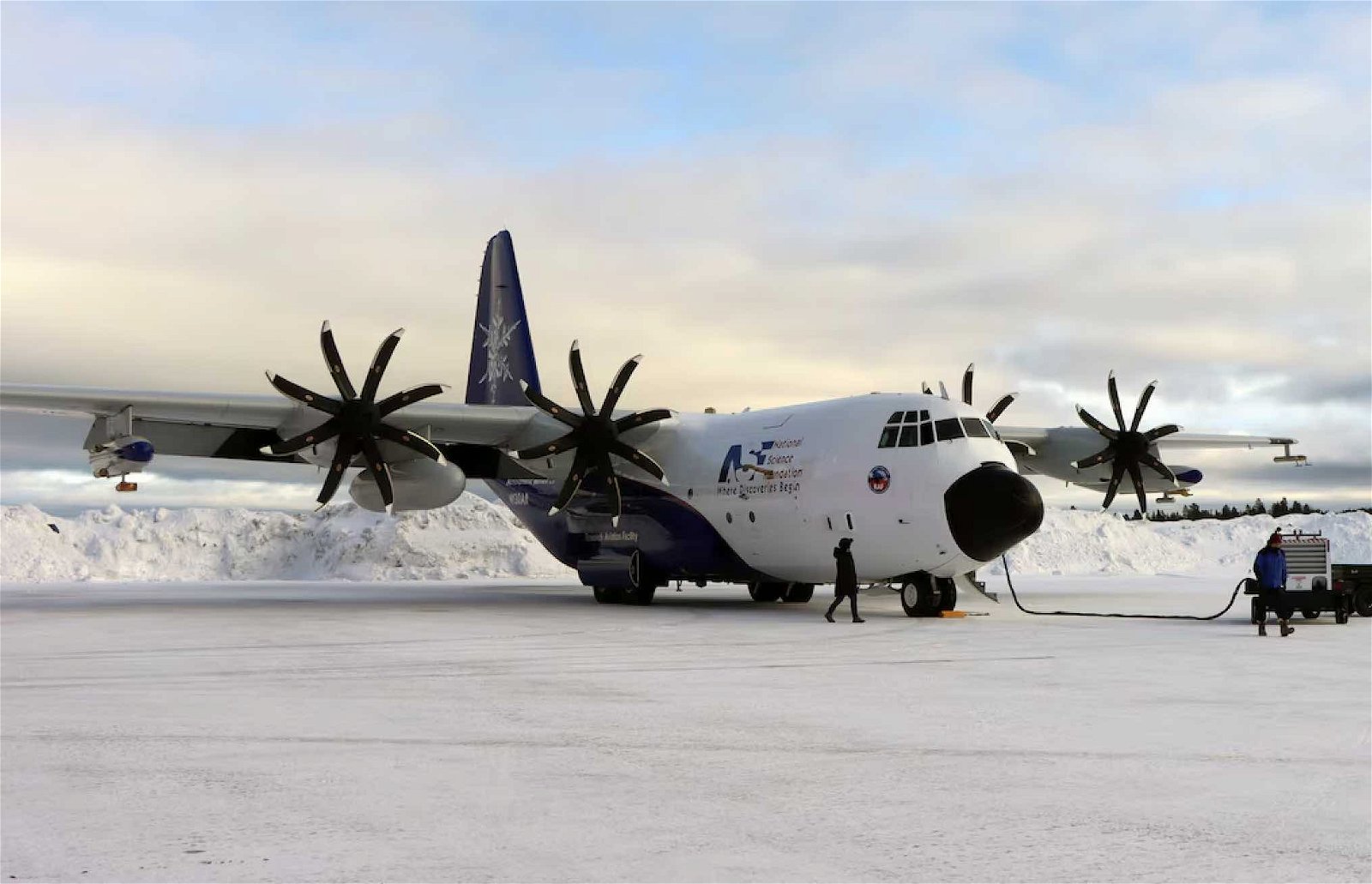The U.S. Naval Research Lab (NRL) is assisting an investigation into unexplained arctic phenomena associated with the sudden formation of intense “polar lows” that are known to lead to hazardous conditions at sea.
Since late February, a field campaign, the Cold-Air outbreak Experiment in the Sub-Arctic Region, or CAESAR, has been collecting data on the phenomenon underlying these potentially dangerous arctic events by observing cloud formations and other Arctic meteorological conditions.
“These subjectively beautiful clouds serve as a natural lab to study cloud dynamics at a wide range of scales,” said Bart Geerts, a professor of atmospheric science at the University of Wyoming and a CAESAR principal investigator, last month.
Based in Kiruna, Sweden, CAESAR is comprised of an international team of scientists and is attempting to determine the meteorological processes underlying Arctic cold-air outbreaks (CAOs), events that pose a threat to sailing vessels and can potentially cause disruptions to Arctic weather systems.
Understanding Cold-Air Outbreaks
Recognized as one of the most extreme and sudden forms of meteorological transformations in air mass known to occur, cold-air outbreaks are the result of freezing Arctic air moving from over regions of icy ocean or frozen land masses to areas where warmer ocean waters exist.
When this occurs, extreme wind conditions can lead to dangerous seas as convective boundary layers create small, localized regions of intense Arctic cold known as “polar lows.”
These abrupt spikes in cold temperatures not only create potentially dangerous conditions for sailing vessels that include military operations conducted by the U.S. Navy and other world militaries but also significantly impact ocean circulation and weather conditions throughout the Arctic.
To aid in CAESER’s research effort, the NRL has assigned James Doyle, Ph.D., an NRL research meteorologist, to participate in the campaign.
“Despite the profound impact that CAOs have on atmospheric and oceanic circulations in the Arctic, as well as the important implications for Navy operations, surprisingly little is known about the nature of intense surface flux impacts on the atmosphere and ocean boundary-layer structure,” Doyle in a recent statement.
A Hazard to Naval Operations
Understanding what causes CAOs to occur is particularly important for Navy operations, not only for safety reasons but also because of the way these sudden, often unexpected changes in atmospheric and ocean conditions can greatly impact the behavior of acoustic and electromagnetic propagation, thereby creating difficulties for Naval officers who rely on instrumentation that monitor these frequencies.
However, gaining a deeper understanding of CAOs has been hindered both by the challenging conditions they induce, as well as how suddenly and unexpectedly they can occur.
“The nature of the air-sea-ice interaction and cloud processes in CAOs are rapid with abrupt transitions,” Doyle says, “which have been a roadblock to process understanding and model predictions.”


To successfully investigate CAOs, part of the CAESAR campaign’s strategy involves focusing on atmospheric boundary layer properties, as well as clouds that are known to develop coinciding with CAOs. Additionally, storm conditions that have been identified with CAOs are also being investigated.
unexplained arctic phenomena
Based on current data, Doyle says that hazardous conditions normally develop when interactions between air pockets and the ocean begin to intensify, which leads to the production of convective cells, and in some cases, the extremely intense, yet very small polar lows.
“Conventional theories and model parameterizations in Arctic CAOs have been lacking this vital data,” Doyle says, adding that “CAESAR will provide a detailed characterization that will form the basis for NRL boundary layer and coupled modeling studies.”
Although CAESAR will conclude in April, its current efforts to resolve these unexplained arctic phenomena include the use of a specialized C-130 Hercules aircraft provided by the National Science Foundation (NSF) and National Center for Atmospheric Research (NCAR) center that is equipped with remote sensing capabilities and deployment of dropsondes that will collect information on the Arctic air mass.
The C-130 also showcases airborne radar, LiDAR, and aerosol and cloud precipitation probes which can be activated when conditions matching CAO events are identified.
Additional information about the CAESAR campaign can be found courtesy of NCAR’s Earth Observing Laboratory page, and the NRL’s website.
Micah Hanks is the Editor-in-Chief and Co-Founder of The Debrief. He can be reached by email at micah@thedebrief.org. Follow his work at micahhanks.com and on X: @MicahHanks.

